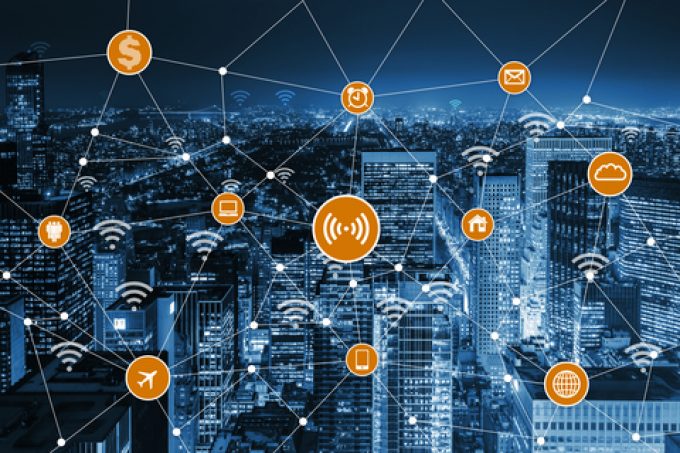IATA fights back as India hits major foreign airlines with tax evasion allegations
Foreign airlines operating out of India are in the crosshairs of its regulatory authorities over ...

The push for the use of IoT solutions in logistics is gaining momentum, as operators sense the potential for new applications that could be game-changers for the industry, while technology providers see fertile openings for their offerings.
For example, Hanhaa, a UK-based technology firm that focuses on IoT solutions, in September announced a partnership with iD Commerce + Logistics to set up a US hub for the management of the British firm’s ParceLive data trackers in North America.
The trackers record ambient ...
Asia-USEC shippers to lose 42% capacity in a surge of blanked sailings
Why ROI is driving a shift to smart reefer containers
USTR fees will lead to 'complete destabilisation' of container shipping alliances
New USTR port fees threaten shipping and global supply chains, says Cosco
Outlook for container shipping 'more uncertain now than at the onset of Covid'
Transpac container service closures mount
DHL Express suspends non-de minimis B2C parcels to US consumers

Comment on this article